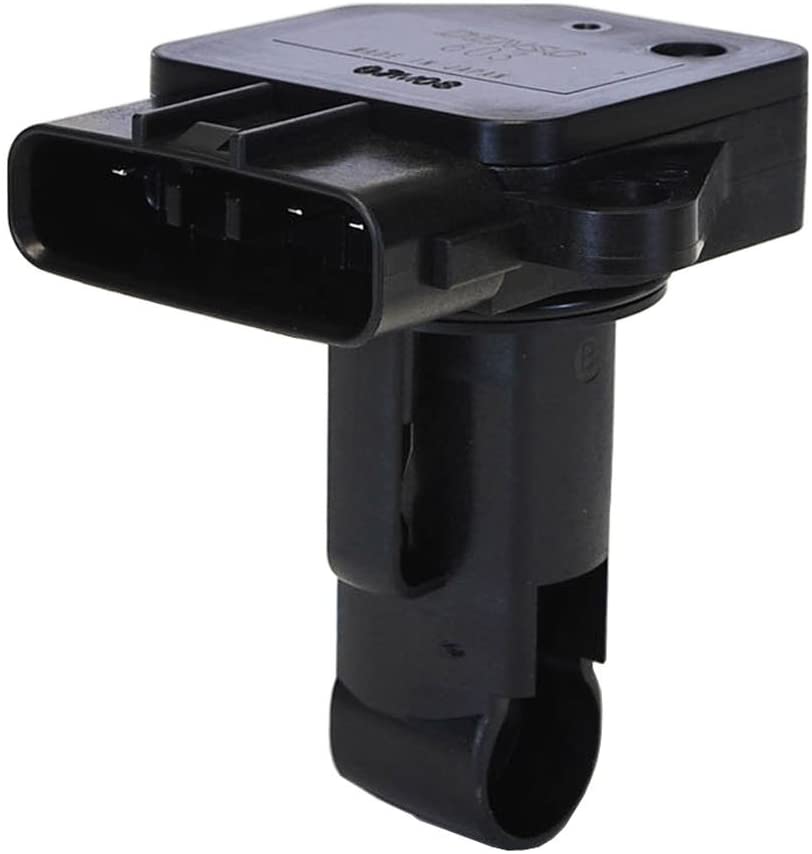If you have a vacuum leak in your car, there’s no denying that diagnosing it is no easy feat. That’s because these leaks develop symptoms that leave you scratching your head in confusion.
However, if you’re aware of the cause of a vacuum leak, it’s a no-brainer that you want insight into the cost of rectifying the issue. If so, then you’ve come to the right place.
In this guide, we’ll explore the answer to the most popularly asked question, ‘How much does it cost to fix a vacuum leak?’ and more. Read on!
What Is a Vacuum Leak?
A vacuum leak refers to a leak in the induction system of a car that channels air into the engine. The contents in the mass airflow sensor that cause leakage of unmetered air and prevent it from making its way into the engine are regarded as vacuum leaks. Just as the name indicates, the system is closed, which means if it develops holes, issues will undoubtedly crop up.
You might be wondering, what triggers these problems? After all, a tad bit more air seems harmless, right? Wrong! When it comes to conventional internal combustion engines, everything is computed. Therefore, if there are piping issues, other problems will likely crop up.
The issues arise as a result of everything being computerized. Your car’s PCM represents the computer that measures the air as part of the combustion process. If these computations by the device are inaccurate, errors will be depicted on the dashboard. Alternatively, the PCM may show signs that you’ll undoubtedly feel while driving.
Signs of a Vacuum Leak
There are signs you need to look out for when there’s a vacuum leak, as discussed below. Armed with the knowledge of the symptoms, you can connect the dots in your head and discover the root cause of the vacuum leak in your car.
1. Check Engine Light
It’s undoubtedly one of the initial signs that will catch your attention when there’s a vacuum leak in your car. That’s because the PCM senses a problem which means it detects bad readings from the sensors and will show the check engine lights with a multitude of alerts.
It’s worth keeping in mind that the check engine light won’t inform you that you have a vacuum leak. That’s because the intake isn’t attached to a sensor that can detect a hole causing the leak.
Instead, it’ll throw errors on the sensors, such as the Mass Airflow (MAF) counterpart. It’s typically found on the intake, whereas the 02 sensor sits in the exhaust system. While you’d naturally assume that these sensors have malfunctioned, what you may fail to realize is that it’s not always the case.
Therefore, you’ll want to start inspecting the hoses for any leaks. Here’s where a smoke machine is your holy grail. To get the ball rolling, you’ll need to pour in smoke that will come out from the outlet of the leak.
Additionally, it’s recommended to use compressed air to get the MAF sensor spick and span that forms part of the car detailing process. After all, it inevitably becomes filthy after a while, which means issues crop up. The absence of smoke upon testing the piping is a telltale sign that one of the sensors has malfunctioned. That’s your cue to use a multimeter tool to test them.
2. Rough Idle
It’s one of the first indicators of a vacuum leak in your system. Although you may not make a connection between the two, it’s likely to happen. Rough idle occurs due to excessive air in the combustion, which isn’t good for the engine. It, therefore, doesn’t come as a surprise that the engine shakes when it runs. That may also damage the engine mounts due to the continuous vibrations.
However, the biggest hitch is the irregular Revolutions Per Minute (RPMs). Besides continuously shaking, the RPM needle on your cluster will move upwards and downwards. The shaking won’t come to a halt until the issue is resolved.
Here’s where the OBD2 scanner comes in useful. To use it, begin scanning your vehicle for codes that the 02 and the MAF sensors will generate. These are the markers that there’s a vacuum leak that needs to be fixed.
3. Air Mixture to Lean Fuel
It’s one of the repercussions of a vacuum leak. Luckily, your car’s PCM will inform you that you have a lean air to fuel mixture. You’ll then need to connect the OBD2 scanner to your car and scan for codes.
If the error that crops up indicates lean air to fuel mixture, that’s your cue to check the O2 and MAF sensors. It may imply an issue with the vacuum lines, given that the ratio of air to fuel relies on them.
If these sensors are not tiptop, you may have a lean fuel to air mixture. Using your car without resolving this issue means you’re likely to damage the spark plugs and O2 sensor. If you notice the spark plug is blistered, then that’s a telltale sign that you have a lean air to fuel mixture.
4. Engine Misfire
These are profound when there’s a vacuum leak and are characterized by your car engine running unevenly due to the oxygen in the combustion. Resultantly, you’ll hear loud bursts or explosions known as an engine misfire.
A misfire can mimic small ticks that stem from the top of the engine. Each time there’s uneven work, a small tick becomes noticeable. Upon putting your hand at the end of your car’s exhaust, you’ll notice pops of air emanating from it.
The fumes should steadily and silently be expelled from your car.
How Much Does It Cost to Fix a Vacuum Leak?
Now that you know what a vacuum leak is and the signs to look out for, let’s discuss the vacuum leak repair cost. The cost boils down to various factors that revolve around the root cause of the engine vacuum leak.
For instance, if the cause of the leak is a bad intake gasket, then it requires a replacement that will set you back up to $60 and labor of $200 to $300.
Contrarily, if the issue is the intake manifold, you can expect to shell out up to $300 for a new part and a similar amount for labor. If the PCV system is faulty, causing an engine vacuum leak from the vacuum hose, you can expect to pay up to $100 for new components and $200 to $300 for labor.
The same applies to the EVAP system, whereby the solenoids and hoses for the vacuum system will set you back anywhere between $30 and $70. If the EGR valve breaks, you’ll need to shell out at least $40 for a new one and up to $300 for labor. The bottom line is that fixing an engine vacuum leak will typically set you back a few hundred dollars.
Bottom Line
Although a vacuum leak is one of the trickiest issues to resolve because it’s an entire system that could have malfunctioned rather than a particular component, behind every problem lies a viable solution. Arm yourself with insight into a vacuum leak, understand the telltale signs and the cost – the ball is now in your court to effectively eliminate the problem.


